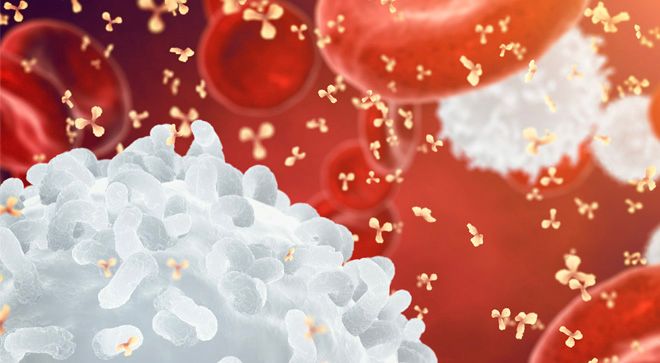Article
Two Types of Mantle Cell Lymphoma: Similar, Yet So Different
Author(s):
A blood test may help to identify a subset of patients with mantle cell lymphoma and determine the management of outcomes of these individuals.
A blood test may help to identify a subset of patients with mantle cell lymphoma, aiding in the management of outcomes of these individuals; however, more work is still left to be done, according to a study published in the journal Blood.
“Mantle cell lymphoma (MCL) is considered one of the most aggressive lymphoid neoplasms with relatively short responses to therapy and frequent relapses in spite of early and intensive treatment strategies,” the researchers wrote. “However, different studies have recognized a subset of patients with indolent disease suitable for conservative management for long periods of time without negatively impacting their outcome.”
A number of genes that are differentially expressed between the two types of MCL — conventional and non-nodal MCL – have been identified in gene-expression profiling studies; however, the researchers noted their implementation in clinical practice has been limited.
“Given the clinical and biological differences between conventional MCL and non-nodal MCL, a robust molecular classifier of these MCL subtypes, combined with additional genetic studies, may be useful for recognizing these subtypes in the clinic, assess prognosis and support management decisions in patients with leukemic MCL.”
Therefore, the researchers designed, analytically validated, and evaluated the clinical impact of a robust gene-expression assay designed to reliably distinguish between conventional and non-nodal MCL using blood samples. In turn, their hope is to integrate the novel assay with genetic alterations so that it determines the management and ultimate outcomes of those with non-nodal MCL.
The researchers used a 16-gene assay (L-MCL16 assay) on the NanoString platform using 19 purified leukemic samples from 70 patients with MCL. Overall, the blood test assigned 37 percent of patients to the non-nodal MCL subgroup and 56 percent to the conventional group.
In the study, the newly-developed assay robustly recognized the two molecular subtypes of MCL in blood samples. “The combination of this assay with the analysis of the genomic complexity identifies subsets of patients with different outcomes; therefore, it may provide useful biological information for management decisions in these patients,” the researchers wrote.
However, in an accompanying editorial, Peter Martin, M.D., from Weill Cornell Medicine, noted that the assay may face some challenges in its application. “Because it relies on lymphoma cells present in peripheral blood samples, it may be easy in patients with a significant leukemic burden but might be more challenging in patients with low levels of leukemic disease, such as those very early in their disease course or those who have responded to recent treatment,” he explained.
Despite its existing challenges, Martin is confident strides in research are ongoing. “Although there is clearly more work to be done … No doubt (the researchers) are up to the task.”




